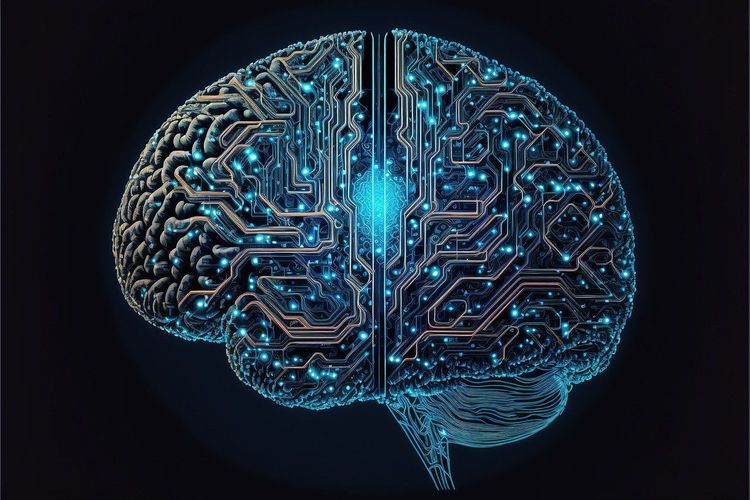The rapid development of generative artificial intelligence has significantly increased the demand for large language models. At the recent Global Artificial Intelligence Summit held in Riyadh, Saudi Arabia, the Saudi Data and Artificial Intelligence Authority unveiled the largest Arabic language model to date. Representatives gathered to discuss how AI technologies can empower the Arab world while safeguarding language, identity, and cultural diversity in a globalized context.
The newly launched Arabic language model, known as ALLaM, boasts 7 billion parameters and has been integrated into Microsoft's cloud platform. Its dataset includes an impressive 500 billion Arabic text units. Attendees highlighted that protecting cultural identity in the development of large language models primarily hinges on the availability of high-quality datasets. Collecting diverse datasets that encompass dialects, idioms, and cultural nuances is essential. This diversity allows AI to serve not only as a technological tool but also as a bridge across cultural divides.
During the model training process, it is crucial to engage data annotators from varied cultural backgrounds. Although this can be a complex and costly endeavor, it is vital for ensuring equitable benefits from the advancements brought about by large language models, thus promoting inclusivity in AI.
Zhuang Hongbin, CEO of Emotech, introduced the concept of "small language models" during his keynote address. These compact versions of large language models are designed to efficiently perform language-related tasks while consuming fewer computational resources. Unlike larger models that may have hundreds of billions of parameters, small language models are characterized by their reduced parameter counts, making them suitable for dialects and deployable in resource-constrained environments such as mobile or edge computing devices.
As AI technology continues to evolve, its potential to reshape human interaction and culture grows. However, the challenge remains to ensure that technological development is inclusive and respects the linguistic and cultural diversity of global users. An inclusive approach to technology and cultural diversity in language should serve as the foundation for a truly global landscape in artificial intelligence.







